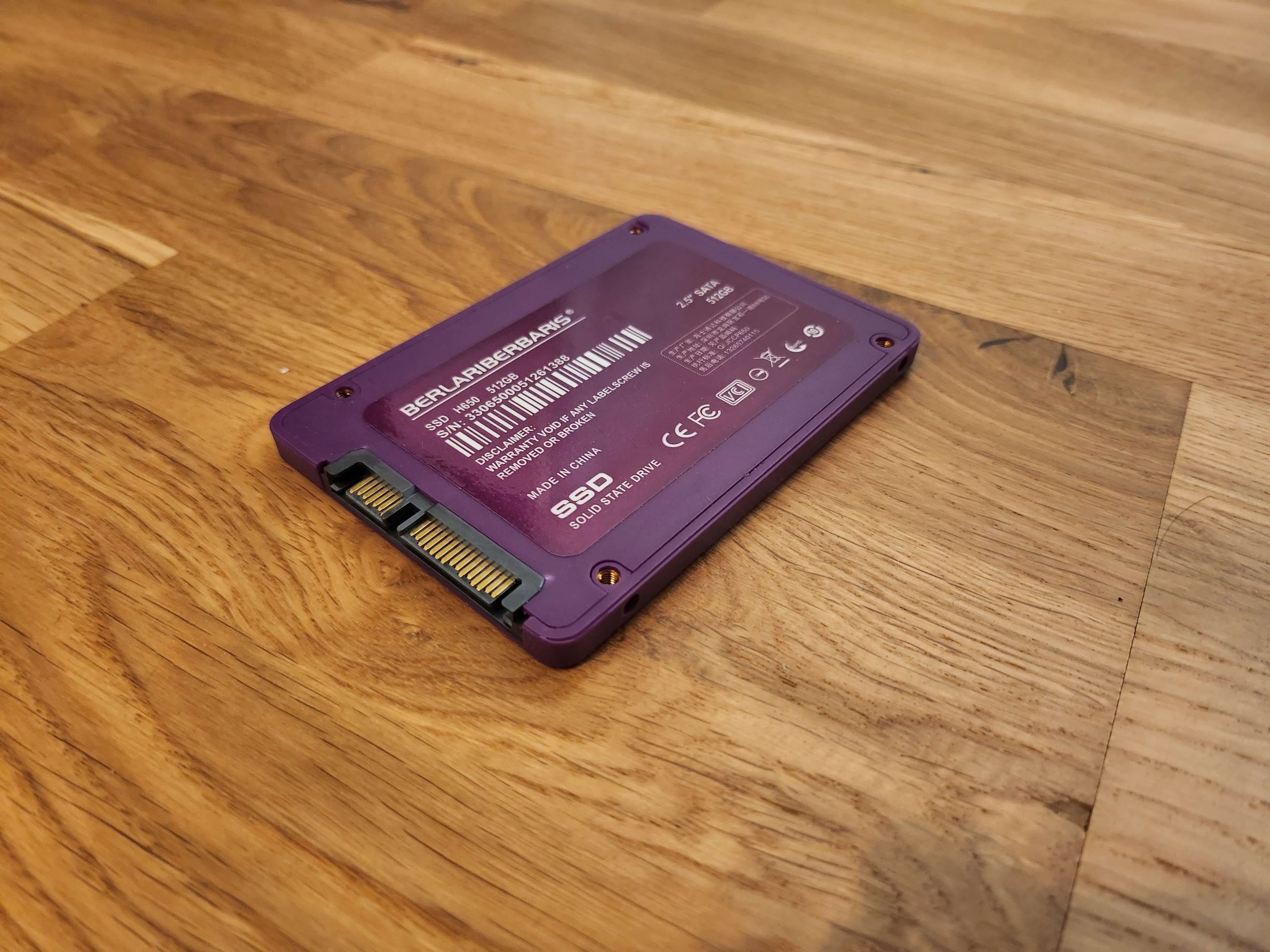Boot management can sometimes be a daunting aspect of using Linux systems. However, fear not! With the rise of modern boot managers like systemd-boot, the process has become much more straightforward and efficient. In this blog post, we’ll explore systemd-boot, a popular option that’s gaining traction among Linux enthusiasts. If you’re running Fedora 38 or later, this guide will be your gateway to embracing the ease and simplicity of systemd-boot. Say goodbye to complexities and say hello to a more streamlined boot experience!
Step 1: Getting Ready
Before we begin, let’s make sure we have the tools we need. Open your terminal and install the required dependencies:
sudo dnf install -y systemd-boot binutils
Now we’re all set to embark on setting up the bootloader and unified kernel images.
Step 2: Configuring UKI in Dracut
To start, let’s configure UKI in Dracut.
1. Open your terminal and create a new file named “10-uki.conf” in the “/etc/dracut.conf.d/” directory:
sudo nano /etc/dracut.conf.d/10-uki.conf
2. Inside the file, add the following lines:
uefi="yes" hostonly_cmdline="yes" kernel_cmdline="insert content here from /etc/kernel/cmdline"
Before saving, remember to update the “kernel_cmdline” with boot parameters specific to your system. Just open the “/etc/kernel/cmdline” file, copy its content, and paste it into the “kernel_cmdline” line.
Step 3: Rebuilding Kernel and Initramfs
Now, let’s see the magic happen by rebuilding the kernel and initramfs to apply the UKI settings:
sudo dracut -fv
Step 4: Embracing Systemd-boot
It’s time to meet Systemd-boot, a sleek UEFI boot manager that brings simplicity and efficiency to booting.
1. To install Systemd-boot, run the following command:
sudo bootctl install
Congratulations! Your system is now bridged to the future of boot management.
Step 5: Goodbye, Grub (Optional)
Feeling adventurous and want to say farewell to Grub? It’s entirely up to you, but remember that Grub has been a loyal companion.
1. If you’re ready, run these commands to remove Grub:
sudo rm /etc/dnf/protected.d/{grub*,shim.conf}
sudo dnf remove grubby grub2\* shim\* memtest86\ && sudo rm -rf /boot/grub2
Step 6: Embrace the Future
You’ve successfully embraced modern boot management on Fedora! Now, put your efforts to the test:
Simply reboot your system and behold! The system will automatically boot into the latest kernel and the system is ready with the systemd-boot bootloader.
